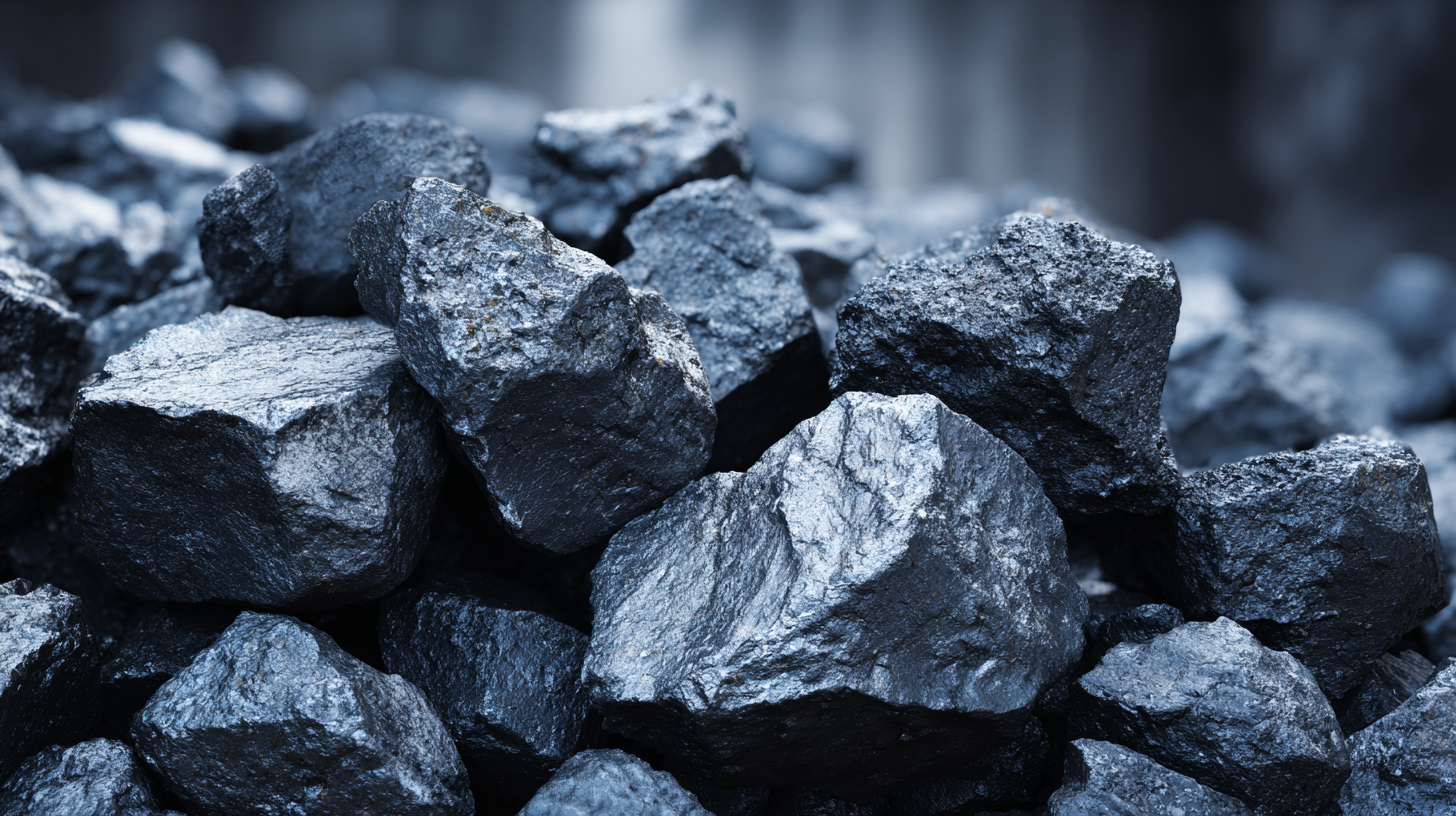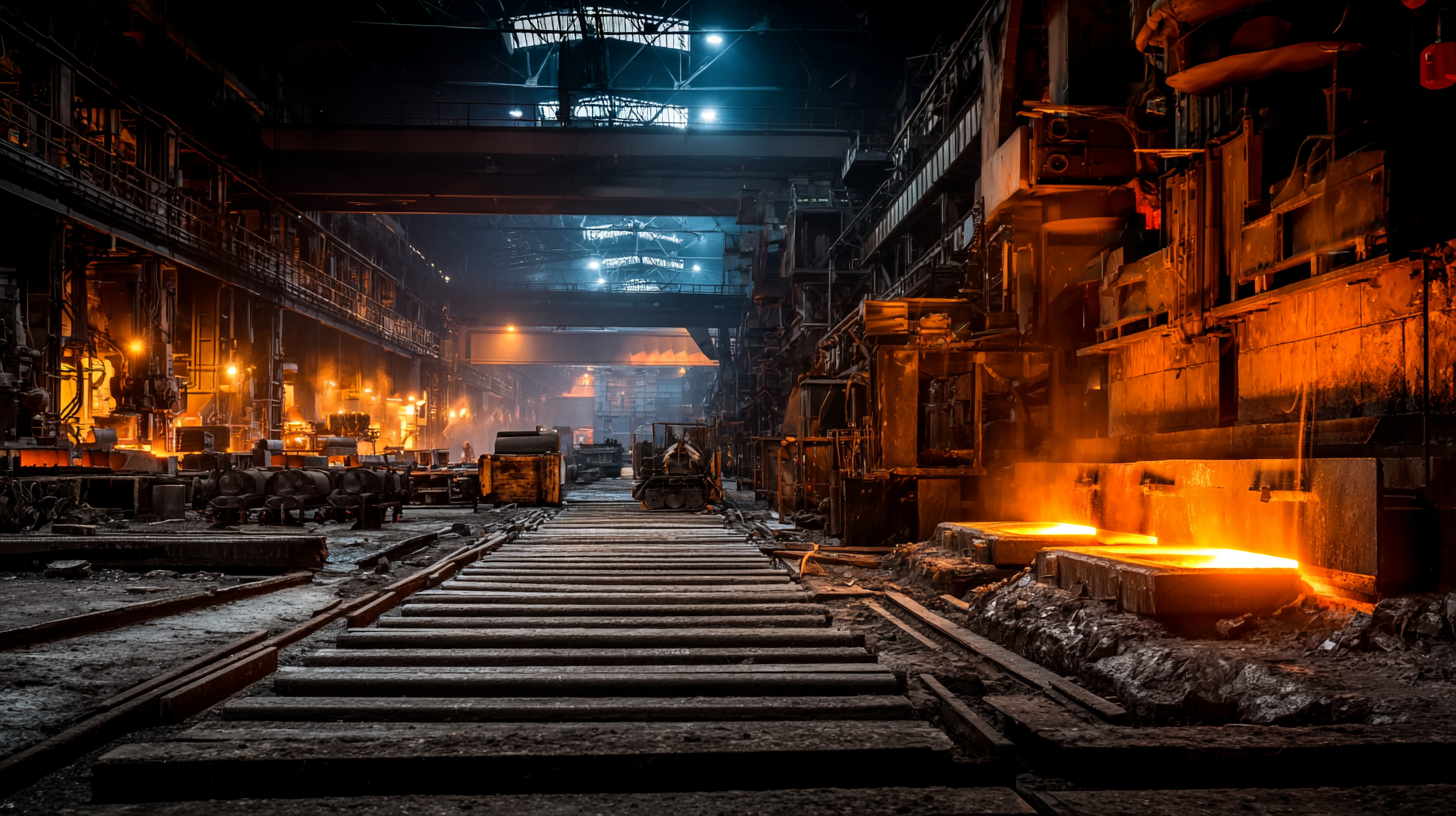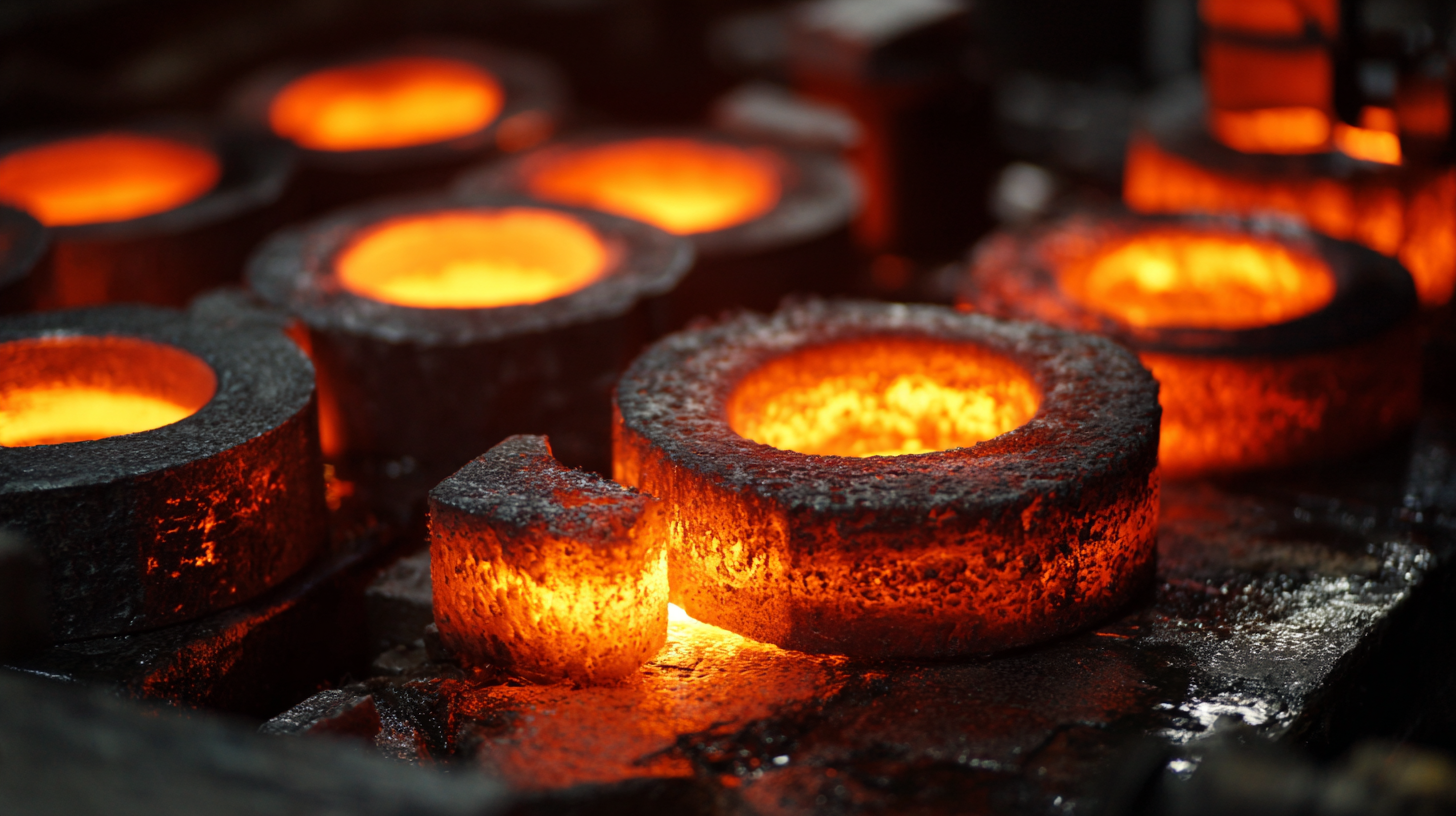Leave Your Message
 The global silicon metal market has witnessed significant evolution, with silicon metal producers firmly establishing their dominance due to a combination of strategic advantages and increasing demand from various industries. According to a report by Mordor Intelligence, the silicon metal market was valued at approximately $5.5 billion in 2021 and is projected to reach around $8.6 billion by 2026, demonstrating a compound annual growth rate (CAGR) of 9.1%. This growth is primarily driven by the surging demand from the photovoltaic and aluminum sectors, where silicon metal is pivotal to production processes. Furthermore, the emergence of advanced applications in electronics and automotive industries underscores the critical role played by silicon metal producers in meeting global economic and technological needs. Their ability to leverage cost-effective manufacturing processes and supply chain efficiencies enhances their market position, making it essential to explore the key factors contributing to their competitive edge in today’s dynamic landscape.
The global silicon metal market has witnessed significant evolution, with silicon metal producers firmly establishing their dominance due to a combination of strategic advantages and increasing demand from various industries. According to a report by Mordor Intelligence, the silicon metal market was valued at approximately $5.5 billion in 2021 and is projected to reach around $8.6 billion by 2026, demonstrating a compound annual growth rate (CAGR) of 9.1%. This growth is primarily driven by the surging demand from the photovoltaic and aluminum sectors, where silicon metal is pivotal to production processes. Furthermore, the emergence of advanced applications in electronics and automotive industries underscores the critical role played by silicon metal producers in meeting global economic and technological needs. Their ability to leverage cost-effective manufacturing processes and supply chain efficiencies enhances their market position, making it essential to explore the key factors contributing to their competitive edge in today’s dynamic landscape.
The global silicon metal market is witnessing a significant transformation, with its size valued at USD 7.51 billion in 2023 and projected to grow to USD 10.76 billion by 2031. This robust growth trajectory is indicative of the rising demand for silicon metal across various industries, especially for applications in electronics and renewable energy technologies. As the market advances, the competitive landscape is becoming increasingly favorable for silicon metal producers, allowing them to leverage their capabilities to meet growing demand.

In a related market, the silicon wafer industry's size is poised to reach USD 34 billion by 2033, reflecting a compound annual growth rate (CAGR) of 6.3%. Such figures not only demonstrate the expanding applications of silicon but also highlight the pivotal role of silicon metal producers in providing essential materials for innovative technological advancements. Furthermore, a recent analysis noted a rebound in silicon prices in late June 2025, disrupting a persistent downtrend and showcasing the resilience of silicon metal production amid regional disparities and shifting market dynamics. This recovery underscores the strategic positioning of producers within the competitive landscape, enabling them to capitalize on evolving market conditions.
Innovative production techniques have propelled silicon metal producers to the forefront of the market, instilling a competitive edge that is hard to ignore. One of the driving forces behind this dominance is the implementation of advanced casting and refining processes. These state-of-the-art methods allow for greater control over product quality and consistency, which is crucial in meeting the stringent demands of industries such as electronics and automotive. By optimizing production efficiency, manufacturers are able to minimize waste and reduce environmental impact, which resonates well with today's eco-conscious consumers.
Moreover, the integration of automation and data analytics in manufacturing operations has significantly enhanced productivity and precision. Producers are now able to monitor processes in real time, leading to faster decision-making and a more responsive supply chain. This technological advancement not only streamlines operations but also lowers production costs, enabling companies to offer competitive pricing while maintaining high-quality standards. As silicon metal continues to be a vital component in various applications, these innovative production techniques are set to solidify the market position of leading producers for years to come.
The global silicon metal market is experiencing significant growth, with projections estimating its size will reach USD 10.76 billion by 2031, up from USD 7.82 billion in 2024. This impressive growth, translating to a compound annual growth rate (CAGR) of 4.66%, indicates a robust demand for silicon metal across various industries, notably in the production of aluminum alloys, electronic devices, and solar panels. Key players in the sector are capitalizing on this upward trend, leveraging technological advancements and strategic partnerships to enhance their market presence.
Leading the silicon metal industry are a select group of producers who have established themselves as market dominators. These companies are not only scaling their production capacities but are also focusing on sustainable practices to meet the growing environmental standards. Their ability to innovate and respond to market needs effectively positions them at the forefront of the industry, ensuring they remain competitive amid evolving global demands. As the market continues to expand, these key players are likely to maintain their leadership roles, influencing trends and shaping the future of the silicon metal landscape.

The global silicon metal market is on the rise, with projections indicating it will reach USD 10.76 billion by 2031, driven by a compound annual growth rate (CAGR) of 4.66% from 2024. This growth is significantly influenced by sustainability trends that demand cleaner and more efficient production methods. As the call for emissions reductions intensifies, producers are increasingly focusing on securing sustainable raw materials crucial for battery production, aligning with the fast-growing demand in the renewable energy sector.
Furthermore, the agricultural landscape is witnessing a transformation as silicon is leveraged to enhance sustainable and resilient crop production. By restoring natural reactive silicon cycles, farmers can significantly reduce their reliance on phosphorus fertilizers, which not only minimizes environmental impact but also promotes healthier soil microbiomes. These improved microbiomes are essential for agricultural ecosystems, playing a critical role in maintaining productivity and resilience against environmental stresses, ultimately contributing to a more sustainable food system.
This chart illustrates the key factors influencing the dominance of silicon metal producers in the market today. Each factor is rated on a scale from 1 to 10 based on its impact and relevance in the current market landscape.
The role of technology in transforming silicon metal applications has never been more crucial, especially within the rapidly growing photovoltaic industry. As solar energy continues to gain traction worldwide, the demand for high-purity silicon metal has surged. Advanced technologies are now being utilized to improve the efficiency of photovoltaic cells, enhancing their ability to convert sunlight into electricity. This shift not only increases the output of solar panels but also reduces production costs, positioning silicon metal as an indispensable component in the renewable energy landscape.
China's commitment to becoming a global leader in solar manufacturing exemplifies how technological innovation drives the industry. With a comprehensive and sophisticated value chain in place, advancements in silicon production techniques have allowed manufacturers to supply high-quality photovoltaic products consistently. The integration of cutting-edge processes, such as refined purification methods and optimized crystallization techniques, has resulted in superior silicon metal that meets the increasing efficiency requirements of modern solar applications. As these technologies continue to evolve, they will further solidify the dominance of silicon metal producers in the photovoltaic market.
